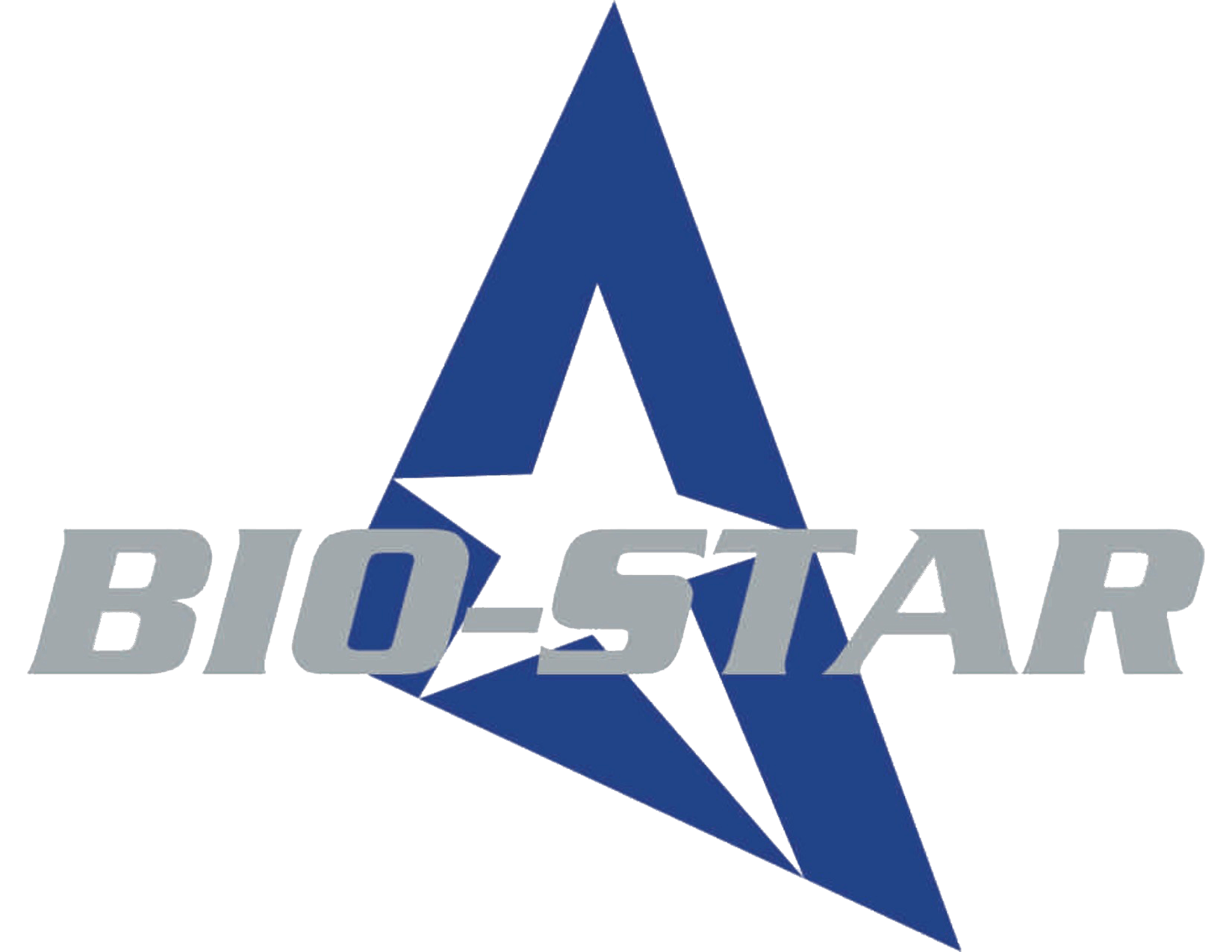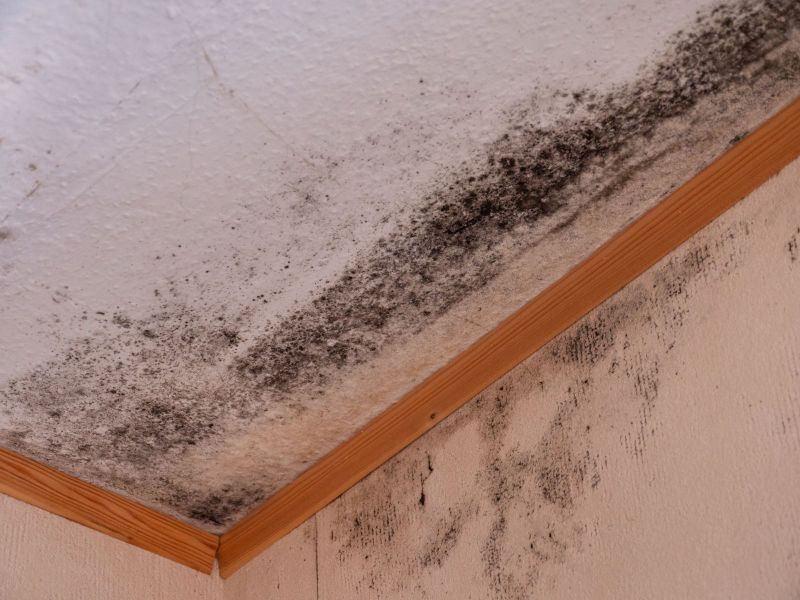Mold is a silent intruder that can wreak havoc on your home and your health. Its presence often goes unnoticed until it becomes a visible, sometimes dangerous, issue. Mold remediation is not just about cleaning it up; it’s a comprehensive process that ensures your home is a safe and healthy environment for you and your family. Let's explore the essential steps and considerations in the mold remediation journey.
Understanding Mold
Mold is a type of fungus that thrives in moist environments, spreading through airborne spores. It can grow on various surfaces like walls, ceilings, carpets, and even hidden spaces like behind drywall or under flooring. Besides causing structural damage, exposure to mold can trigger allergies, respiratory problems, and other health issues, making prompt remediation crucial.
Assessment and Inspection
The first step in mold remediation is a thorough assessment by certified professionals. They identify the extent of the mold issue, determine the type of mold present, and assess potential risks. This inspection also helps pinpoint the moisture source feeding the mold growth, enabling a targeted remediation plan.
Developing a Remediation Plan
Based on the assessment, a remediation plan is crafted, outlining the specific steps needed to eliminate the mold problem. This plan typically includes containment measures to prevent mold spores from spreading further, removal of affected materials, and strategies to address the moisture source.
Containment and Protection
Containment is critical to prevent mold spores from dispersing to unaffected areas. Professionals use physical barriers and specialized equipment like negative air machines to isolate the contaminated space. Additionally, they wear protective gear to minimize exposure while executing the remediation plan.
Removal and Cleanup
The physical removal of mold-infested materials is a meticulous process. Affected items like drywall, carpets, or insulation may need to be safely disposed of to prevent further contamination. Thorough cleaning and specialized treatments are employed to eliminate mold residue from surfaces.
Addressing the Moisture Source
Mold thrives in damp environments, so addressing the moisture source is fundamental to prevent its return. This might involve repairing leaks, improving ventilation, or implementing moisture control systems to maintain optimal humidity levels.
Prevention and Maintenance
Preventing mold recurrence involves regular inspections and maintenance. Proper ventilation, controlling indoor humidity, and promptly addressing water leaks or moisture issues are vital preventive measures. Regular cleaning and keeping areas dry and well-ventilated can also deter mold growth.
Importance of Professional Remediation
While DIY remedies might seem cost-effective, professional mold remediation ensures a thorough and safe removal process. Certified experts possess the knowledge, tools, and protective equipment necessary to handle mold effectively, minimizing health risks and preventing further damage.
Mold remediation isn’t just about eliminating visible mold; it’s about creating a healthier living environment. Understanding the process, from assessment to prevention, is crucial in safeguarding your home and family. By investing in professional remediation and adopting preventive measures, you not only address the immediate issue but also create a healthier, mold-free home for the long term. Remember, a proactive approach to mold is key to maintaining a safe and comfortable living space.

